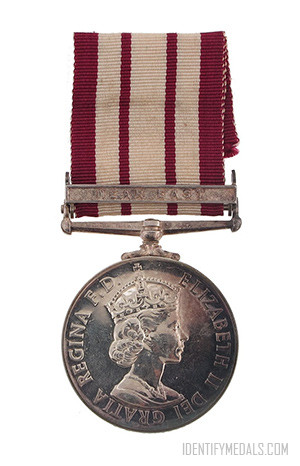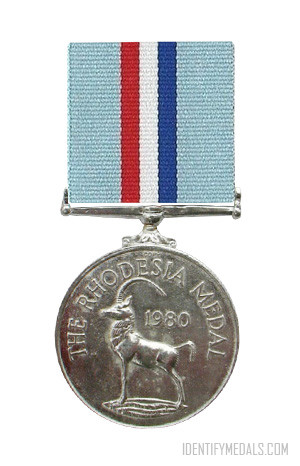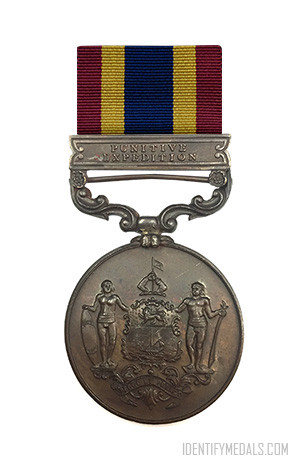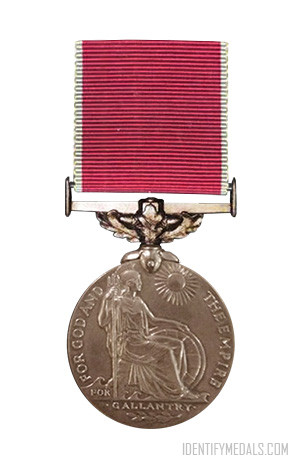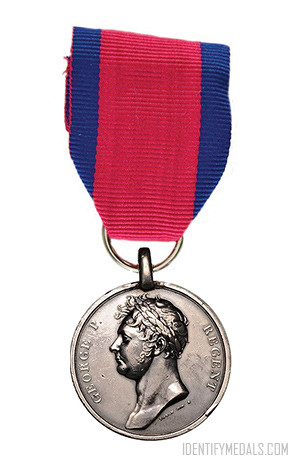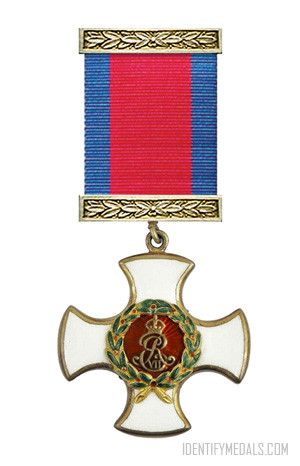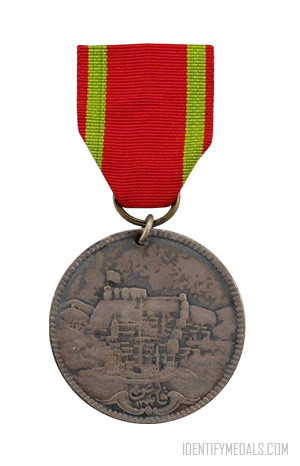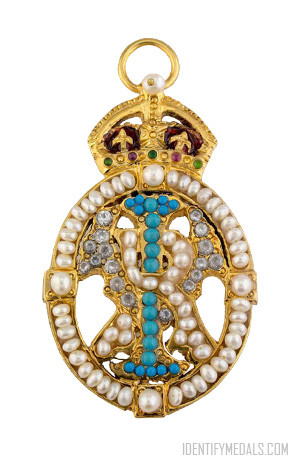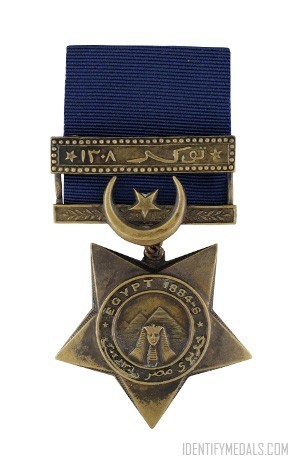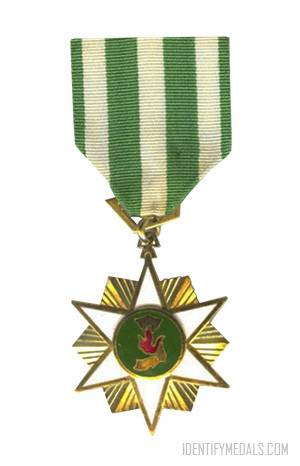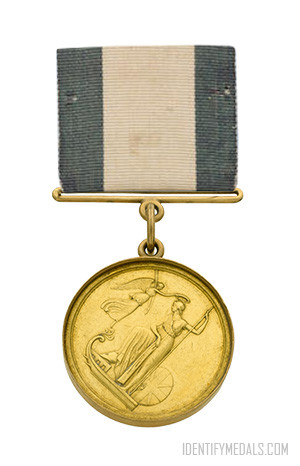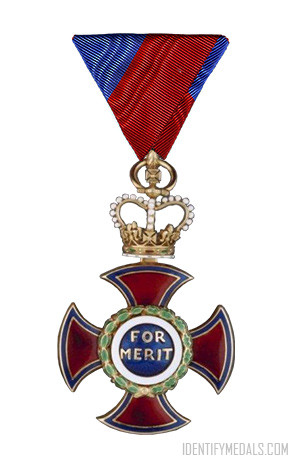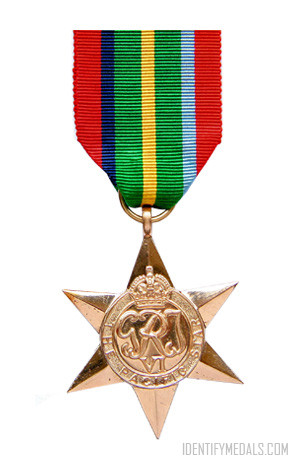- Time Period: Interwars Period
- Year of Institution: 1915
- Country: Great Britain, Australia
The Naval General Service Medal (also known as 1915 NGSM) is a British military medal instituted in 1915 to recognize service by the Royal Navy and Royal Marines in minor campaigns that would not otherwise earn a specific campaign medal. The Army/Air Force equivalent was the General Service Medal (1918). Both these medals were replaced by the General Service Medal in 1962.
The Naval General Service Medal Design
The medal is made of silver and measures 36 millimeters (1.4 in) in diameter. The obverse bears the image of one of three successive Sovereigns, King George V, King George VI and Queen Elizabeth II. The reverse shows a mounted figure of Britannia in a chariot pulled by two sea-horses, her left hand resting on a union shield.
The 32 millimeters (1.3 in) wide ribbon is crimson-colored with three white stripes. From 1920 a bronze oak leaf emblem was also worn on the ribbon of the medal to signify a mention in dispatches for a campaign for which the NGSM was awarded.
The 1915 NGSM was never awarded without a clasp. These are the seventeen clasps that were authorized: Persian Gulf 1909–1914, Iraq 1919–1920, N.W. Persia 1920, Palestine 1936–39, S.E. Asia 1945-46, Minesweeping 1945–51, Palestine 1945–48, Malaya, Yangtze 1949, Bomb and Mine Clearance 1945–46, Bomb and Mine Clearance 1945–53, B & M Clearance Mediterranean, Canal Zone, Cyprus, Near East, Arabian Peninsula and Brunei.

